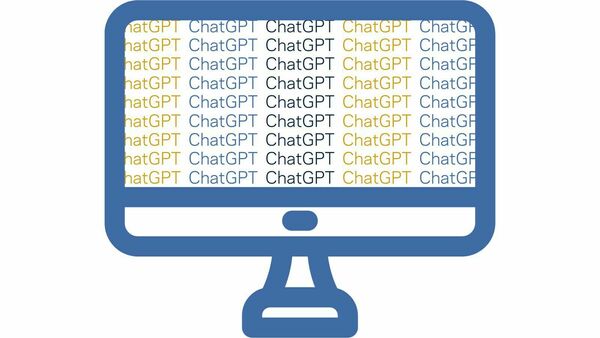
ChatGPT, a large language model that generates text from prompts by predicting what sentences should follow prior sentences based on historical correlations of words, was released in November 2022 and has been making headlines basically ever since. Among its many other impacts, it presents both challenges and opportunities for educators tasked with assigning work to students.
To that end, Notre Dame’s Office of Academic Standards convened a ChatGPT/Generative AI & Academic Integrity working group earlier this semester to address faculty concerns around AI chatbots being used to complete assignments without an instructor’s knowledge.
Following the group’s second meeting, it released the following suggestions for Notre Dame faculty, which provide helpful tips for how to engage with ChatGPT in the classroom and beyond.
- Different technology is appropriate for different situations and assignments. There may be some where generative AI can be useful, and others where you may want to insist that it not be used. In the latter case, unauthorized use would constitute an act of academic dishonesty.
- If students are allowed to use ChatGPT to complete an assignment, they should cite it and then explain how they used it and/or how they edited the output, in order to encourage them to be honest about their use.
- If you want to use ChatGPT in class, for example, to ask students to evaluate how it responds to a particular question or problem, consider asking ChatGPT itself to critique its output as well. Sometimes, it produces responses that are very mediocre and even completely incorrect, but other times, it produces better work than students might on their own (which is sometimes the case with language translations or short pieces of code).
- Be very specific about the goals of an assessment so that vague summaries of material are not adequate. Try putting into place practices that are shown to increase learning and reduce dishonesty: more frequent low-stakes assessments, for example, or assignments that build on themselves (e.g., creating thesis statements, outlines/plans, drafts with the opportunity to revise) so that you can track students’ progress through the steps.
- Articulate for students the value of knowing things in your head rather than relying on a text generator to summarize your thoughts. Why do they need to think critically, or be able to create and analyze arguments, or speak a second language? If they can write or translate or code more quickly, that’s great, but they’re also losing the ability to think about what they’re doing.